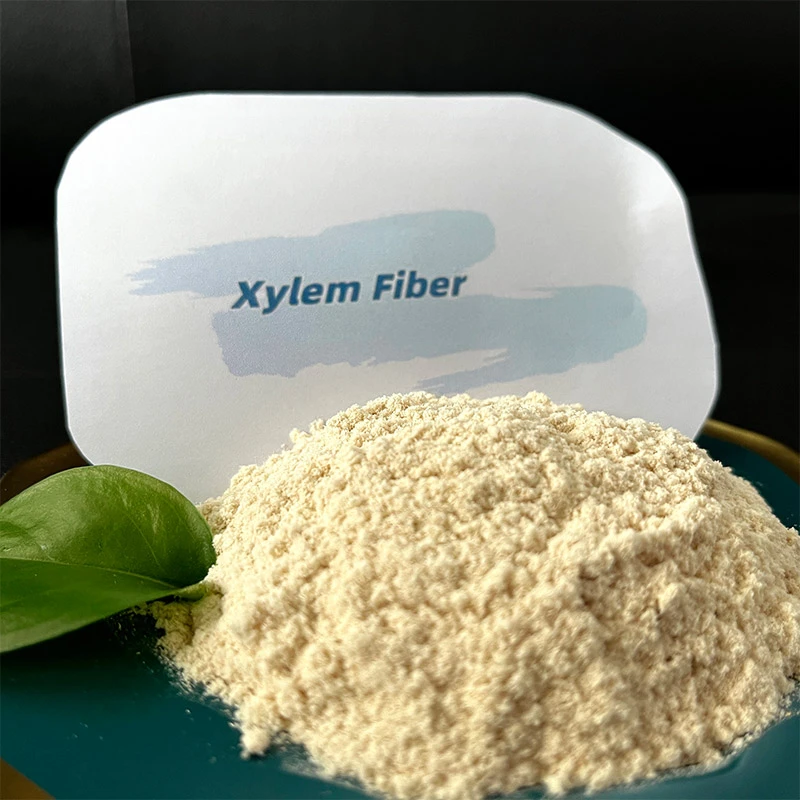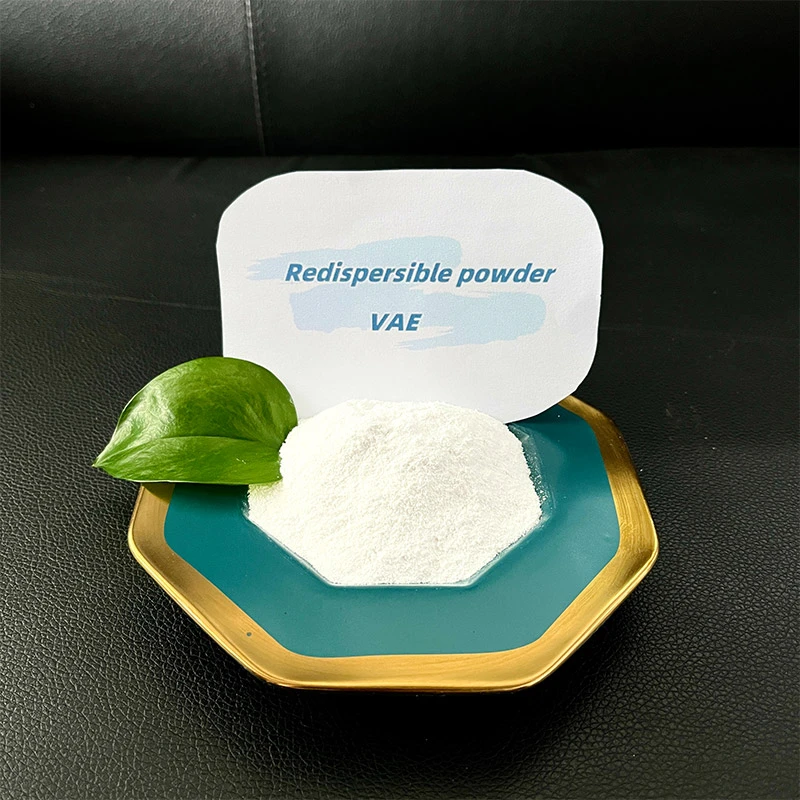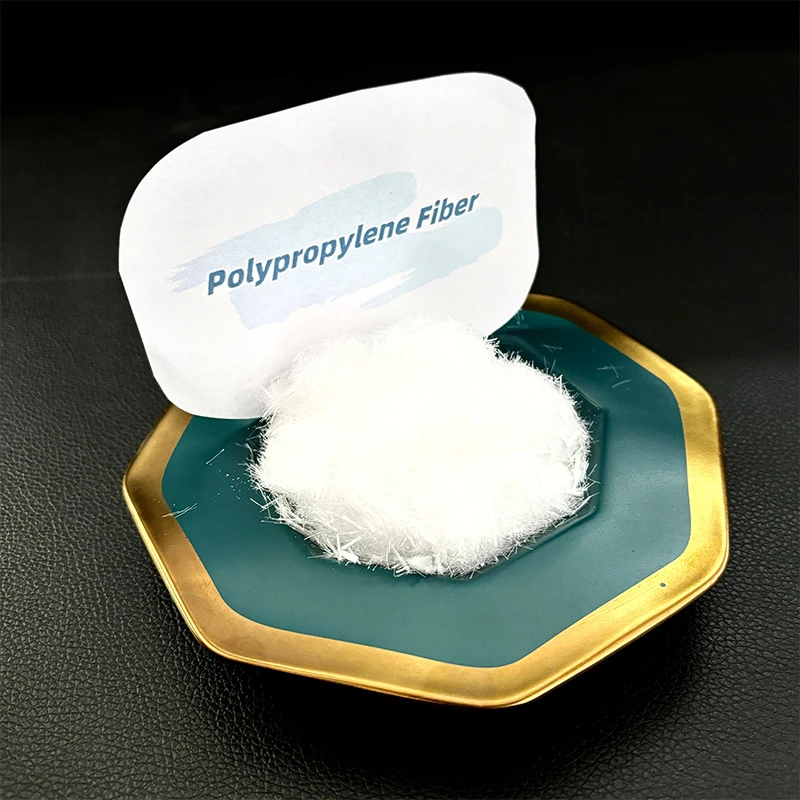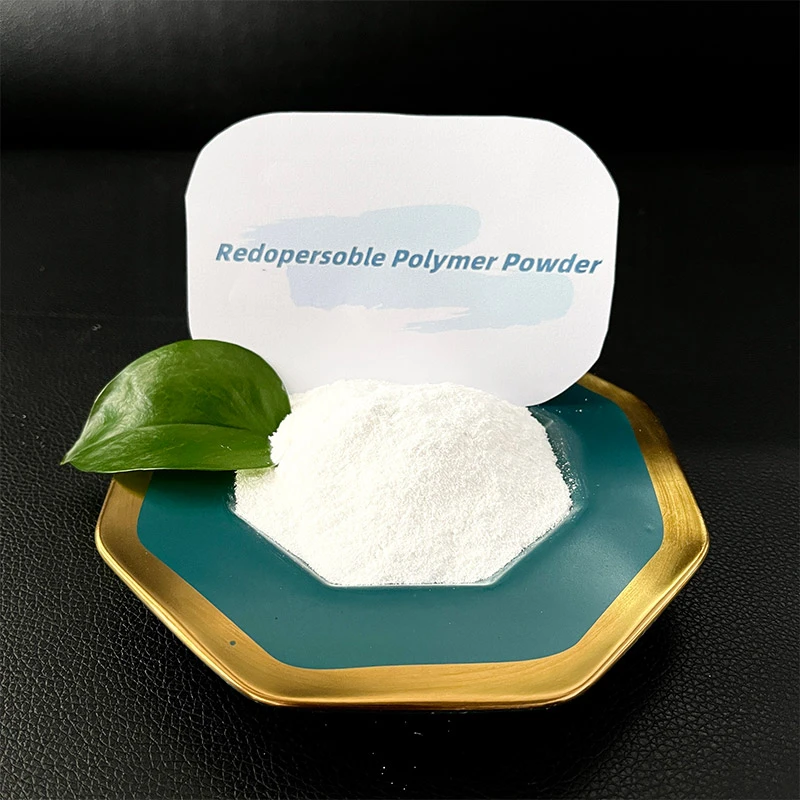
-

Add: HeBei ShengShi HongBang Cellulose Technology CO.,LTD.
-

Email
13180486930@163.com -

CONTACT US
+86 13180486930

Hydroxypropyl Methyl Cellulose HPMC: Premium Thickeners & Binders
Unlocking Performance: A Comprehensive Guide to Hydroxypropyl Methyl Cellulose HPMC in Modern Industries
In the intricate world of chemical raw materials, Hydroxypropyl Methyl Cellulose HPMC stands out as a versatile and indispensable non-ionic cellulose ether. Derived from natural cellulose through a series of chemical modifications, HPMC exhibits exceptional properties that make it a cornerstone in various industrial applications, from construction and pharmaceuticals to food and personal care products. Its unique attributes, including thickening, water retention, film-forming, and binding capabilities, contribute significantly to product performance, stability, and workability. This comprehensive guide delves into the essence of HPMC, exploring its manufacturing intricacies, technical specifications, diverse applications, and the strategic advantages it offers to B2B stakeholders seeking to optimize their formulations and processes. Understanding HPMC is crucial for industries aiming for enhanced product quality and operational efficiency in today's demanding market.
Hydroxypropyl Methyl Cellulose HPMC: Industry Trends and Strategic Significance
The global market for Hydroxypropyl Methyl Cellulose HPMC is experiencing robust growth, driven by increasing demand in the construction sector, particularly for dry-mix mortars and tile adhesives, as well as the expanding pharmaceutical and food industries. Current trends highlight a shift towards specialized HPMC grades tailored for specific performance requirements, such as improved alkali resistance for construction applications or enhanced dissolution profiles for pharmaceutical tablets. Sustainability is also a key driver, with manufacturers focusing on greener production methods and sourcing sustainable cellulose. The market is witnessing continuous innovation in synthesis technologies to achieve higher purity and more consistent performance. Furthermore, the rising adoption of HPMC in new areas like 3D printing for construction materials and advanced drug delivery systems underscores its enduring strategic importance and adaptability to emerging technological landscapes. These trends shape future investments and research within the cellulose ether industry.
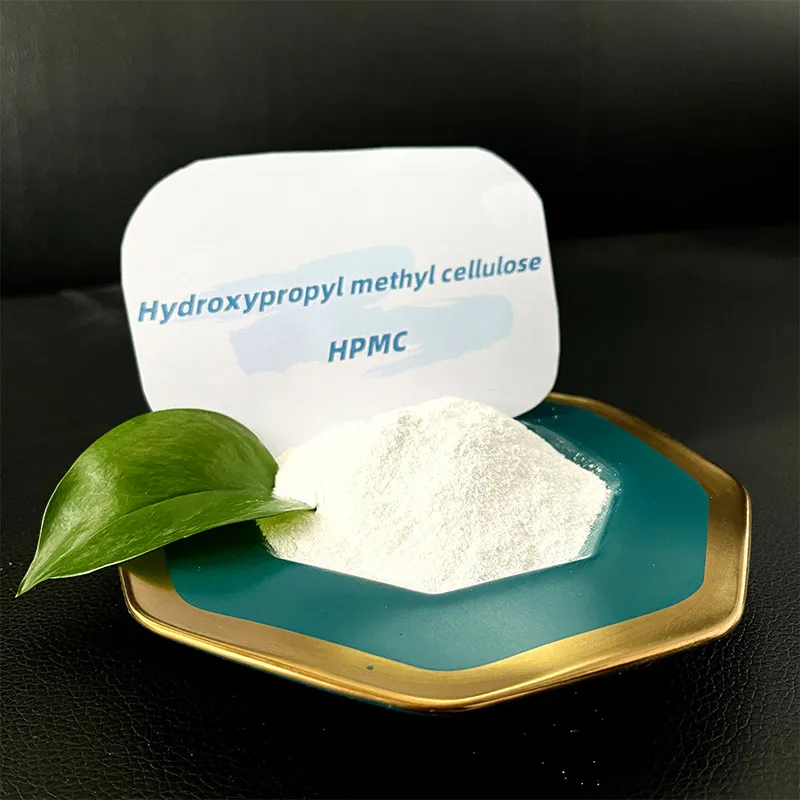
The Advanced Manufacturing Process of Hydroxypropyl Methyl Cellulose HPMC
The production of Hydroxypropyl Methyl Cellulose HPMC is a sophisticated chemical engineering process that begins with high-purity refined cotton cellulose as the primary raw material. The cellulose is first alkalized with a concentrated sodium hydroxide solution, converting it into alkali cellulose, which makes the cellulose more reactive. This activated cellulose then undergoes an etherification reaction in a high-pressure reactor with two key etherifying agents: methyl chloride and propylene oxide. The precise control over reaction conditions, including temperature, pressure, and reactant ratios, is critical to achieving the desired degree of substitution (DS) for both methyl and hydroxypropyl groups, which directly influences the final product's properties, such as thermal gelation temperature and viscosity. Following etherification, the crude HPMC is purified through repeated washing with hot water to remove salts and unreacted by-products, ensuring high purity. Finally, the purified HPMC slurry is dewatered, dried, and pulverized into a fine, uniform powder, ready for various industrial applications. Adherence to stringent quality control, including ISO 9001 standards, ensures batch consistency and performance reliability, a crucial aspect for any B2B supply chain.
Key Technical Parameters and Specifications of Hydroxypropyl Methyl Cellulose HPMC
The performance of Hydroxypropyl Methyl Cellulose HPMC in specific applications is dictated by a range of critical technical parameters. Viscosity is perhaps the most crucial, influencing thickening efficiency, water retention, and rheology. Different grades of HPMC are available across a wide viscosity range (e.g., from 5 mPa.s to 200,000 mPa.s for a 2% solution). The degree of substitution (DS) of methyl and hydroxypropyl groups determines the product's solubility, thermal gelation temperature, and compatibility with other ingredients. Thermal gelation, the temperature at which HPMC solutions form a gel upon heating, is vital for applications requiring heat stability. Ash content, moisture content, pH, and particle size are also significant indicators of purity and suitability for specific uses. For pharmaceutical or food-grade HPMC, additional parameters like heavy metal content, microbial limits, and compliance with standards such as USP, EP, or FCC are rigorously tested to ensure safety and efficacy. Our commitment to these detailed specifications guarantees that our HPMC products consistently meet the demanding requirements of our industrial partners.
| Parameter | Unit | Typical Range/Value | Significance in Application |
|---|---|---|---|
| Viscosity (2% solution, 20°C) | mPa.s | 5 - 200,000 | Thickening, water retention, workability |
| Methoxy Content | % | 19.0 - 30.0 | Affects water solubility, thermal gelation |
| Hydroxypropoxy Content | % | 4.0 - 12.0 | Influences thermal gelation point, compatibility |
| Moisture Content | % | ≤ 5.0 | Product stability, shelf life |
| Ash Content | % | ≤ 3.0 | Purity indicator |
| pH (1% solution) | - | 5.0 - 8.0 | Compatibility with other formulation components |
| Particle Size (80 mesh) | % passing | ≥ 99 | Dissolution rate, mixability |
Diverse Application Scenarios of Hydroxypropyl Methyl Cellulose HPMC
The versatility of Hydroxypropyl Methyl Cellulose HPMC makes it an invaluable additive across a multitude of industries. In the construction sector, it is extensively used in dry-mix mortars, wall putty, tile adhesives, self-leveling compounds, and exterior insulation and finish systems (EIFS). HPMC significantly improves workability, increases water retention for enhanced hydration of cement, and prevents cracking. For pharmaceutical applications, HPMC serves as a binder in tablets, a film-forming agent for coatings, and a sustained-release matrix for controlled drug delivery, ensuring consistent therapeutic effects. In the food industry, it acts as a thickener, emulsifier, stabilizer, and protective colloid in various products, including sauces, dairy products, and baked goods. Its non-toxic and hypoallergenic nature also makes it ideal for personal care products like shampoos, lotions, and toothpastes, where it enhances texture, stability, and sensory attributes. The broad spectrum of applications underscores HPMC's role as a critical component in developing high-performance products across diverse industrial landscapes.
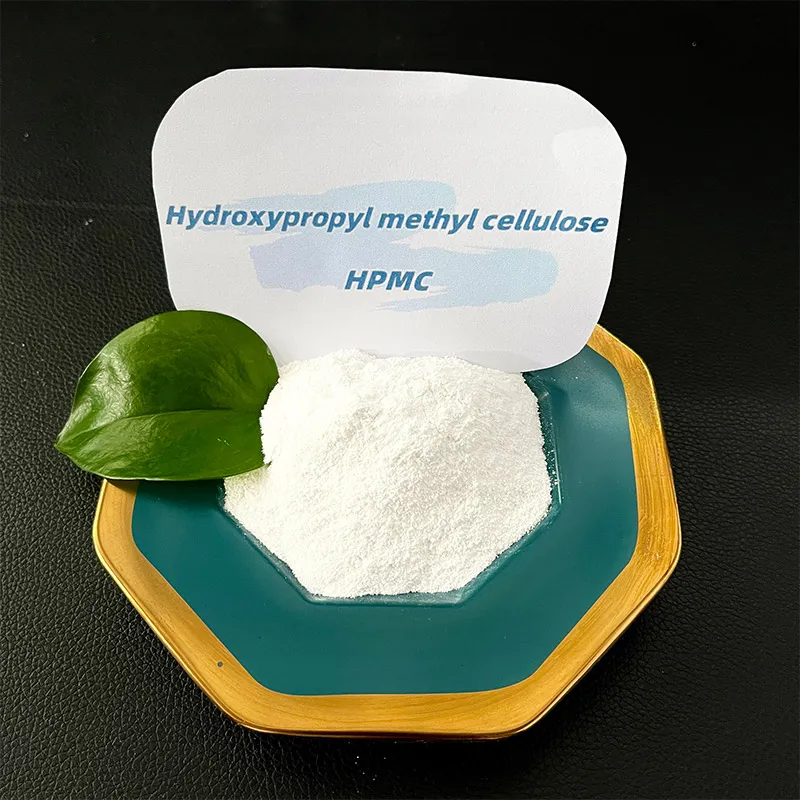
Unlocking Performance: Technical Advantages of Using Hydroxypropyl Methyl Cellulose HPMC
Integrating Hydroxypropyl Methyl Cellulose HPMC into formulations delivers a range of profound technical advantages that directly translate into superior product performance and cost efficiencies. Its exceptional water retention capacity significantly extends the open time of mortars and plasters, preventing premature drying and ensuring proper cement hydration, which is vital for strength development in construction. HPMC also enhances workability by improving consistency and lubricity, making materials easier to apply and finish. In pharmaceutical contexts, its controlled-release properties allow for extended drug delivery, reducing dosing frequency and improving patient compliance. Furthermore, HPMC offers excellent film-forming characteristics, providing protective and aesthetic coatings. Its pseudoplastic rheology is beneficial for spray applications, ensuring uniform coverage without sagging. The ability of HPMC to stabilize emulsions and suspensions contributes to product shelf-life and homogeneity. These collective advantages underscore why HPMC is a preferred additive for manufacturers prioritizing high performance, consistency, and innovation in their product lines.
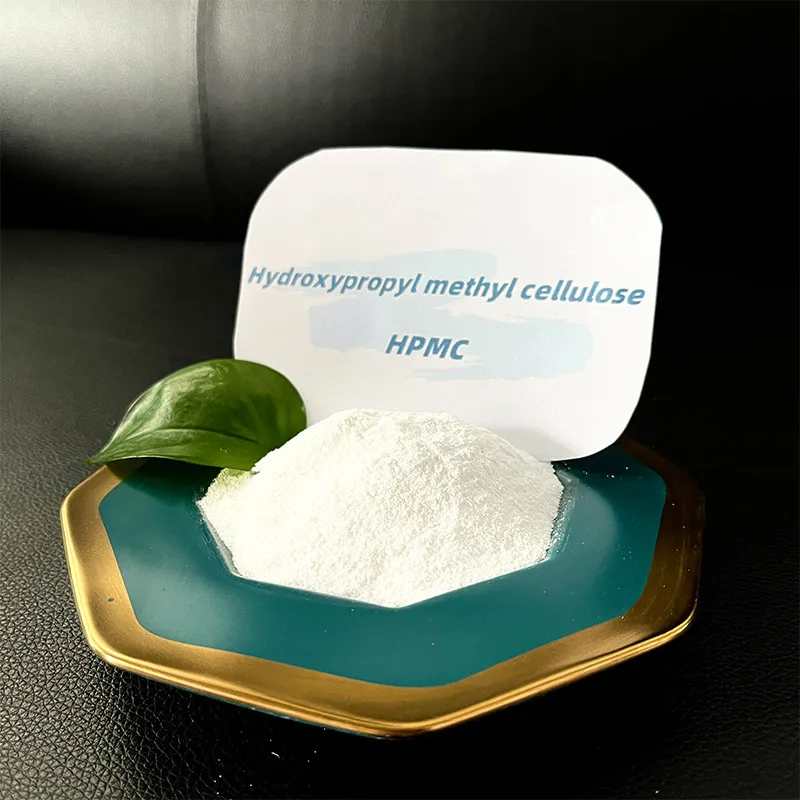
Choosing the Right Partner: Manufacturer Comparison and Quality Assurance
Selecting a reliable supplier for Hydroxypropyl Methyl Cellulose HPMC is paramount to ensuring consistent product quality and supply chain stability. Key criteria for evaluating manufacturers include their adherence to international quality standards such as ISO 9001, which signifies robust quality management systems from raw material sourcing to final product delivery. Beyond certifications, consider a manufacturer's production capacity, ability to consistently meet specifications, and technical support services. A reputable manufacturer will provide comprehensive Certificates of Analysis (CoA) for each batch, detailing key parameters like viscosity, purity, and particle size distribution. Longevity in the market and a proven track record of serving diverse industries are strong indicators of reliability. Our company, with over 15 years of experience in the cellulose ether industry, stands as a testament to consistent quality and customer satisfaction, backed by our state-of-the-art manufacturing facilities and rigorous testing protocols, ensuring every batch of HPMC surpasses industry benchmarks.
Tailored Solutions: Customizing Hydroxypropyl Methyl Cellulose HPMC Formulations
Recognizing that generic solutions rarely meet the precise demands of specialized industrial applications, we offer customized Hydroxypropyl Methyl Cellulose HPMC formulations. Our technical team works closely with clients to understand their specific performance requirements, whether it’s a particular viscosity range for a high-performance tile adhesive, a specific thermal gelation temperature for a unique food product, or tailored dissolution profiles for advanced pharmaceutical formulations. This collaborative approach involves detailed technical consultations, sample provision, and extensive laboratory testing to develop HPMC grades that are perfectly optimized for the client’s end-product and manufacturing process. By fine-tuning parameters such as methoxy and hydroxypropoxy content, molecular weight, and particle size, we ensure maximum efficiency and cost-effectiveness for our partners. This bespoke service significantly reduces development time and enhances product competitiveness, allowing our clients to achieve unparalleled performance and market differentiation.
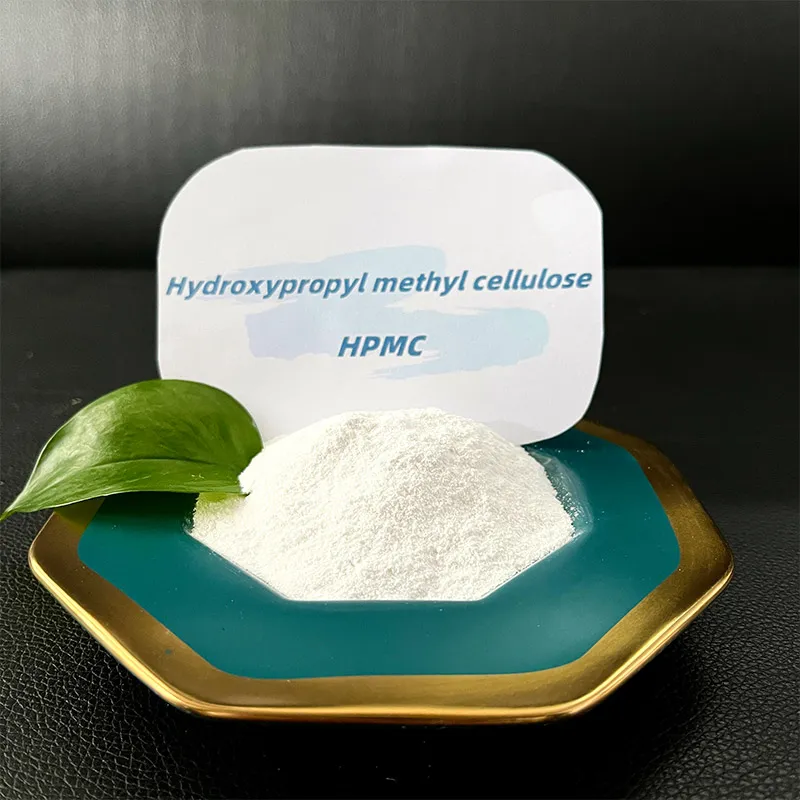
Real-World Impact: Illustrative Application Cases of Hydroxypropyl Methyl Cellulose HPMC
The practical benefits of Hydroxypropyl Methyl Cellulose HPMC are best illustrated through successful application cases. In a major high-rise construction project in Singapore, a specialized grade of HPMC significantly improved the workability and anti-sag properties of high-strength tile adhesives, allowing for faster installation and reduced material waste, contributing to a 15% reduction in overall project time for the tiling phase. Another case involves a leading pharmaceutical manufacturer who utilized our customized HPMC for a sustained-release tablet formulation, achieving a precise 12-hour drug release profile, leading to enhanced patient compliance and better therapeutic outcomes, as validated by in-vitro dissolution tests compliant with USP standards. In the food industry, a bakery chain integrated a particular HPMC variant into their gluten-free bread recipe, which dramatically improved dough elasticity and crumb structure, addressing common challenges in gluten-free baking and resulting in a 20% increase in product sales due to improved consumer acceptance. These diverse examples underscore the tangible value and versatile problem-solving capabilities of HPMC across various industries.
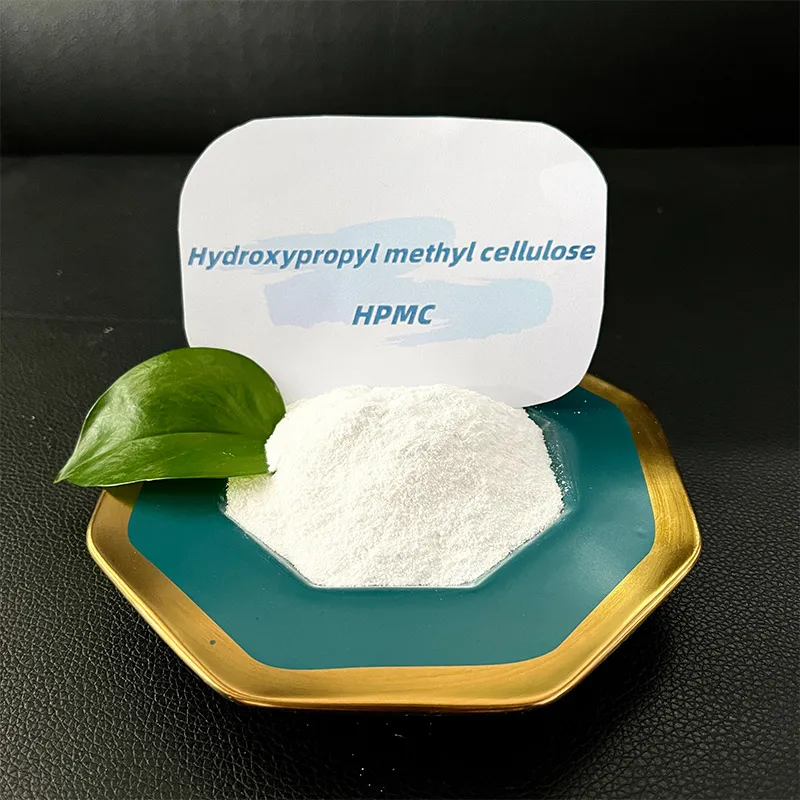
Ensuring Trust and Reliability: Quality, Delivery, and Support
Our commitment to our B2B partners extends beyond providing high-quality Hydroxypropyl Methyl Cellulose HPMC; it encompasses a comprehensive ecosystem of trust and reliability. We ensure a consistent supply through robust inventory management and flexible logistics solutions, typically guaranteeing delivery within 7-14 business days for standard orders, with expedited options available for urgent requirements. Each batch of HPMC is backed by a stringent quality assurance protocol, offering a 12-month shelf-life warranty under recommended storage conditions (cool, dry place, sealed packaging). Our dedicated technical support team, composed of experienced chemists and application engineers, is readily available to assist with product selection, formulation challenges, and troubleshooting. We believe in building long-term partnerships, providing not just a product, but a complete solution supported by expertise, responsive service, and an unwavering commitment to your success. Our ISO 9001:2015 certification underscores our dedication to maintaining the highest standards in product quality and customer service.
Frequently Asked Questions (FAQ) about Hydroxypropyl Methyl Cellulose HPMC
Q: What is the recommended storage condition for Hydroxypropyl Methyl Cellulose HPMC?
A: HPMC should be stored in a cool, dry place, preferably in its original sealed packaging, away from direct sunlight and moisture. Proper storage helps maintain its stability and extends its shelf life, typically up to 12-24 months.
Q: How does particle size affect the performance of HPMC?
A: Smaller particle sizes generally lead to faster dissolution and hydration rates, which can be advantageous in quick-setting applications like dry-mix mortars. Larger particle sizes might offer a more controlled dissolution and might be preferred in certain sustained-release formulations or where lump formation needs to be minimized during mixing.
Q: Is Hydroxypropyl Methyl Cellulose HPMC environmentally friendly?
A: Yes, HPMC is derived from natural cellulose, a renewable resource. It is generally considered biodegradable and non-toxic, making it an environmentally conscious choice for many industrial applications. Our manufacturing processes also prioritize minimizing environmental impact.
Conclusion: The Future of Hydroxypropyl Methyl Cellulose HPMC
Hydroxypropyl Methyl Cellulose HPMC continues to be a cornerstone ingredient, evolving with technological advancements and shifting market demands. Its versatility and multi-functional properties ensure its continued relevance across established sectors like construction and pharmaceuticals, while opening doors to innovative applications in areas such as sustainable packaging, advanced materials, and biomedical engineering. As industries increasingly prioritize performance, sustainability, and customized solutions, the role of high-quality, technically diverse HPMC grades will only expand. Collaborating with a forward-thinking HPMC manufacturer who invests in R&D and adheres to stringent quality controls is crucial for businesses aiming to capitalize on these trends and maintain a competitive edge. The future of HPMC is bright, promising continued innovation and expanded utility across the global industrial landscape.
Authoritative References
- Rowe, R. C., Sheskey, P. J., & Quinn, M. E. (Eds.). (2009). Handbook of Pharmaceutical Excipients. Pharmaceutical Press.
- ASTM International. (Various Standards). Standard Specifications for Cellulose Ethers.
- United States Pharmacopeial Convention. (Latest Edition). United States Pharmacopeia–National Formulary (USP–NF).
- European Pharmacopoeia (Ph. Eur.). (Latest Edition). Hydroxypropyl Methylcellulose monograph.
- Food and Agriculture Organization of the United Nations (FAO) and World Health Organization (WHO). (Latest Edition). Joint FAO/WHO Expert Committee on Food Additives (JECFA) Monograph.
-
The Function of Polymer Powder in Thin-Bed MortarsNewsAug.25,2025
-
Polypropylene Fiber for Waterproofing MembranesNewsAug.25,2025
-
Starch Ether as a Thickener in Construction GroutsNewsAug.25,2025
-
Rubber Powder as a Sustainable Additive in GroutsNewsAug.25,2025
-
Gypsum Retarder Chemical Dosage and Its Precise EffectsNewsAug.25,2025
-
Using HPMC to Reduce Cracking in Cementitious ProductsNewsAug.25,2025
-
Wood-Based FibresNewsAug.20,2025







